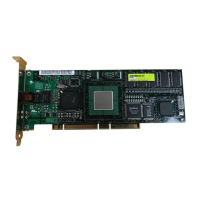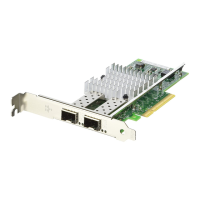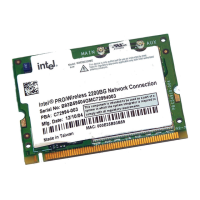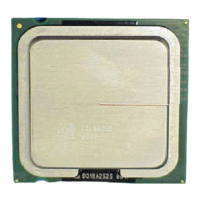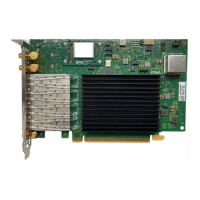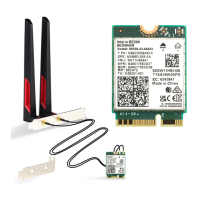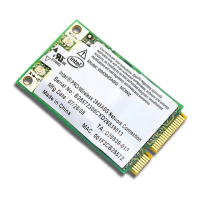1000BASE-T Receiver Differential Input Signals (Bit Error Rate)
1000BASE-T/100BASE-TX/10BASE-T Physical Layer Compliance Tests Manual
20 Intel Confidential
3. On the UUT, go to the Transmit and Receive menu, and select the Transmit option.
4. Allow the proper number of frames to be sent (see Section 4.6).
5. After transmissions is complete, press the <Esc> key on the receiver first and then the
transmitter to stop the test and record the following results:
a. Link partner: Transmit Good Packets and Transmit Total Packets
Both of these statistics should equal each other.
b. UUT: Receive Good Packets and Missed Packets.
6. Calculate the bit error rate (BER).
7. Repeat steps 1 through 7 for each cable length.
8. Verify the measurements meet specifications
4.6 Calculating Bit Error Rate (BER)
The basic BER equation is as follows:
,
where:
•
TGP = number of good frames transmitted (#_Transmit_Good_Packets)
•
MP = number of missed packets (#_Missed_Packets)
•
RGP = number of good frames received (#_Receive_Good_Packets)
•
BF = number of bytes/frame
•
BB = 8 (number of bits/byte)
Note: Conditions where the transmit link partner overwhelms the receive unit should be avoided. When
this happens, the receive statistics counters may show "RX No Resources", "RX No Buffers", or a
large number of missed packets. This complicates the BER calculation and the equations for the
calculations will not yield accurate BER numbers. The TX transmit speed (frames per second) can
be decreased to prevent this condition. Alternatively, the test operator can try to make sure the
receive unit is always in a faster PC than the transmit unit.
Example 4-1. BER Calculation Example
If 4,249,995 good frames were received and 4,250,000 good frames were transmitted, then for
1,024 byte frames and zero missed packets the BER would be as follows:
BER = ((4,250,000 - 0) - 4,210,000)/(4,250,000*1,024*8) = 1.43 x 10^-10
This example fails because the resulting BER is greater than 1 x 10
-10
, which is the maximum
specification.
It is recommended that the test operator to obtain and read a copy of the gigconf.exe PHY
Conformance & BER Test User’s Guide.
BER
TGP MP– RGP–
TGP BF× BB×
---------------------------------------------=

